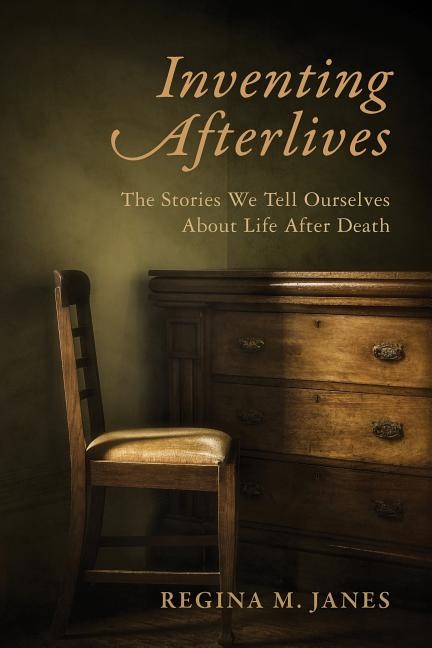
Inventing afterlives – the stories we tell ourselves about life after death
Inventing afterlives – the stories we tell ourselves about life after death
In Inventing Afterlives, Regina M. Janes proposes a new theory of the origins of the hereafter rooted in the question that a dead body raises: where has the life gone? Humans then and now, in communities and as individuals, ponder what they would want or experience were they in that body. From this endlessly recurring situation, afterlife narratives develop in all their complexity, variety, and ingenuity. Exploring afterlives from Egypt to Sumer, among Jews, Greeks, and Romans, to Christianity’s advent and Islam’s rise, Janes reveals how little concern ancient afterlives had with morality. In south and east Asia, karmic rebirth makes morality self-enforcing and raises a new problem: how to stop re-dying. The British enlightenment, Janes argues, invented the now widespread wish-fulfilling afterlife and illustrates how afterlives change. She also considers the surprising afterlife of afterlives among modern artists and writers who no longer believe in worlds beyond this one. Drawing on a variety of religious traditions; contemporary literature and film; primatology; cognitive science; and evolutionary psychology, Janes shows that in asking what happens after we die, we define the worlds we inhabit and the values by which we live.






